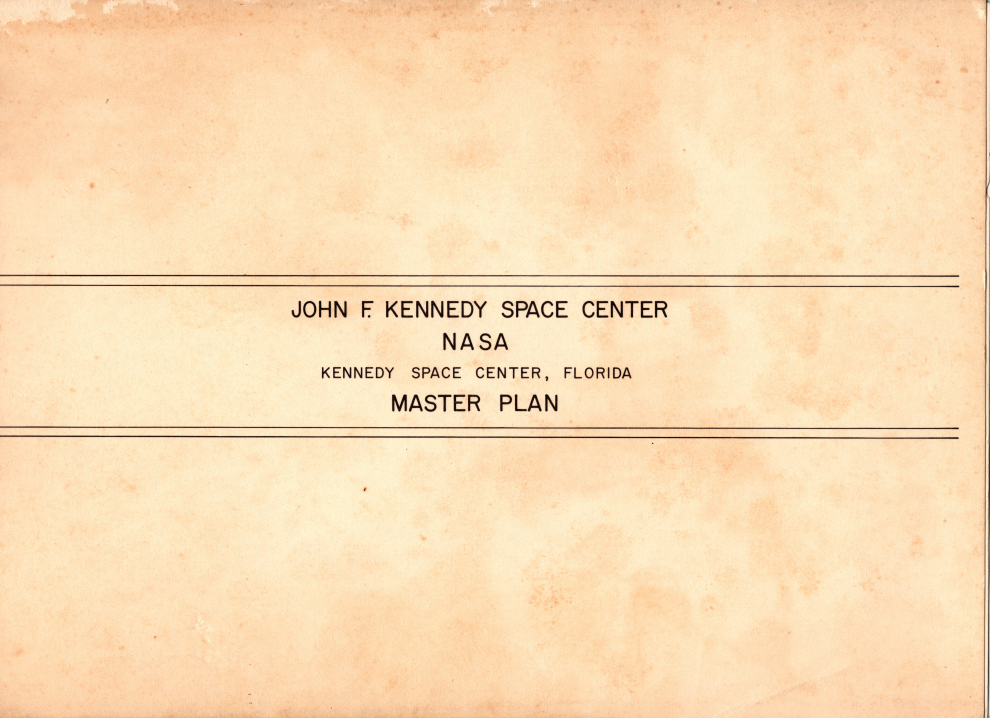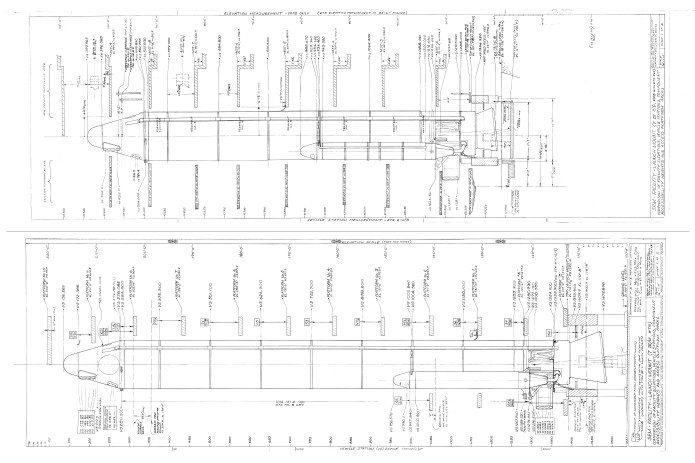Here’s something you don’t see too often… someone firing *numerous* rounds from a Gyrojet. Each of these .45 caliber rounds are solid propellant rocket units, last manufactured in the 70’s or so. They apparently run about $200 *each,* which makes me wonder if there might be a market for newly manufactured ammo. As a practical home defense, police or military weapon… the Gyrojet basically wasn’t. It took something like 50 feet for the round to reach maximum velocity, which means at close range it might just bounce off an opponent. But as a range toy they might be fun, especially if the cost per round could be dropped substantially. And there’s no reason why it can’t… sure, each round is more complex than an equivalent conventional bullet, but they are just some basic parts with 1960’s rocket propellant. And that last could doubtless be improved; better propellant, better grain design and better manufacturing of the nozzle plate could *really* boost performance.
The claim is made here that the Gyrojet was designed to be used in space because they were uncertain if conventional gunpowder firearms would work in a vacuum. This is untrue; nobody with the least bit of understanding of the chemistry of gunpowder and how guns work thinks that guns *won’t* work in space. However, conventional firearms do have three major issues for space applications:
- Recoil.
- Thermal issues: exposure to sunlight and vacuum means that small metal devices like guns heat up *fast.*
- Vacuum issues: grease, gun oil and the like boil off quick, meaning they can’t be used in space.
The Gyrojet has far lower recoil than conventional firearms. And the Gyrojet is a far simpler mechanism, made largely from stamped metal sheet to far lower specifications. This means it can heat up without jamming, with virtually no need for lubricants. So the Gyrojet seems like it’d make a dandy sidearm for the USSF. Bump it up to .75 caliber and you have yourself a light bolter. And perhaps best: home manufacture of Gyrojets would be *easy.* A 3D printed Gyrojet, with some *basic* metal parts, would not only be easy to make, but with vastly lower forces imparted on it than a conventional firearm, it’d be far less likely to explode.
So… where are the new-manufacture Gyrojet rounds? At $200 a round for the vintage stuff, you can start off *real* expensive and still undercut the current market.












